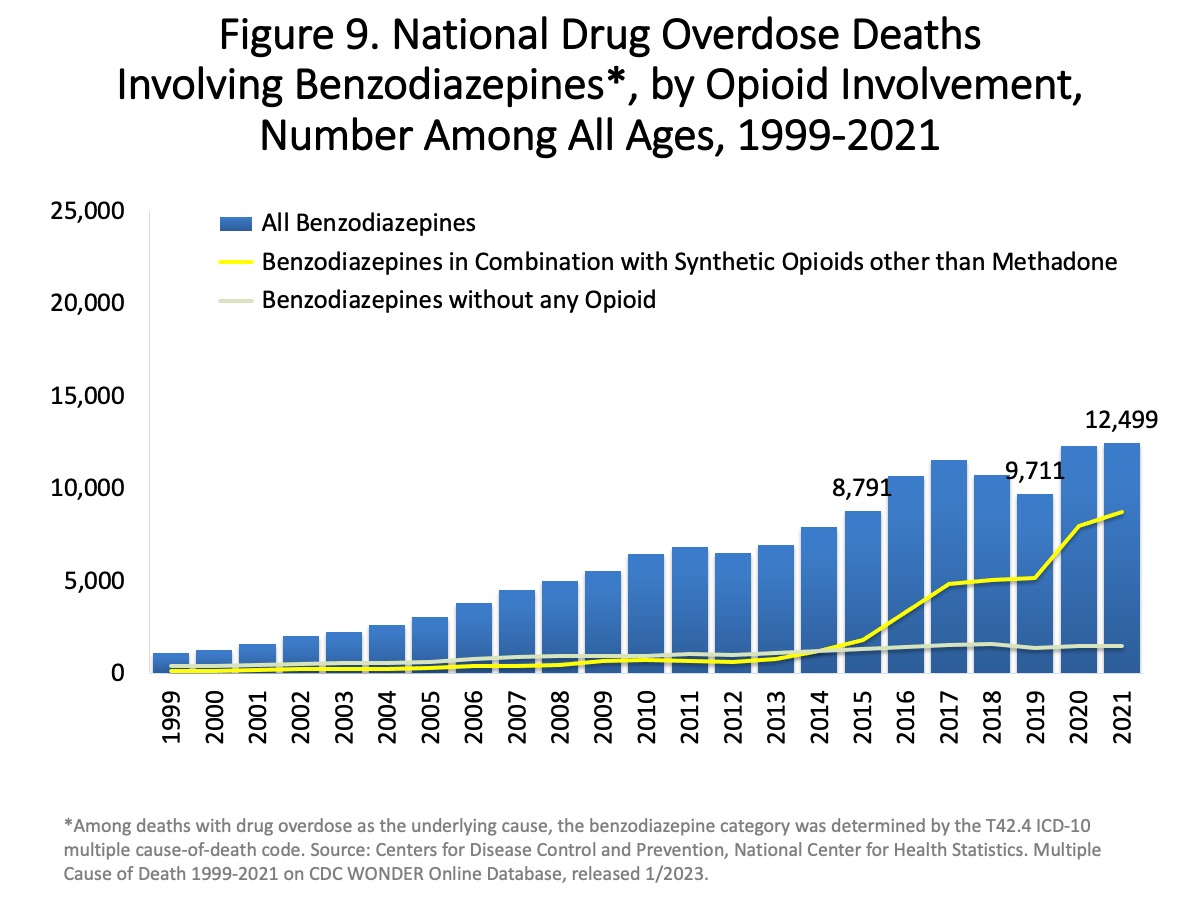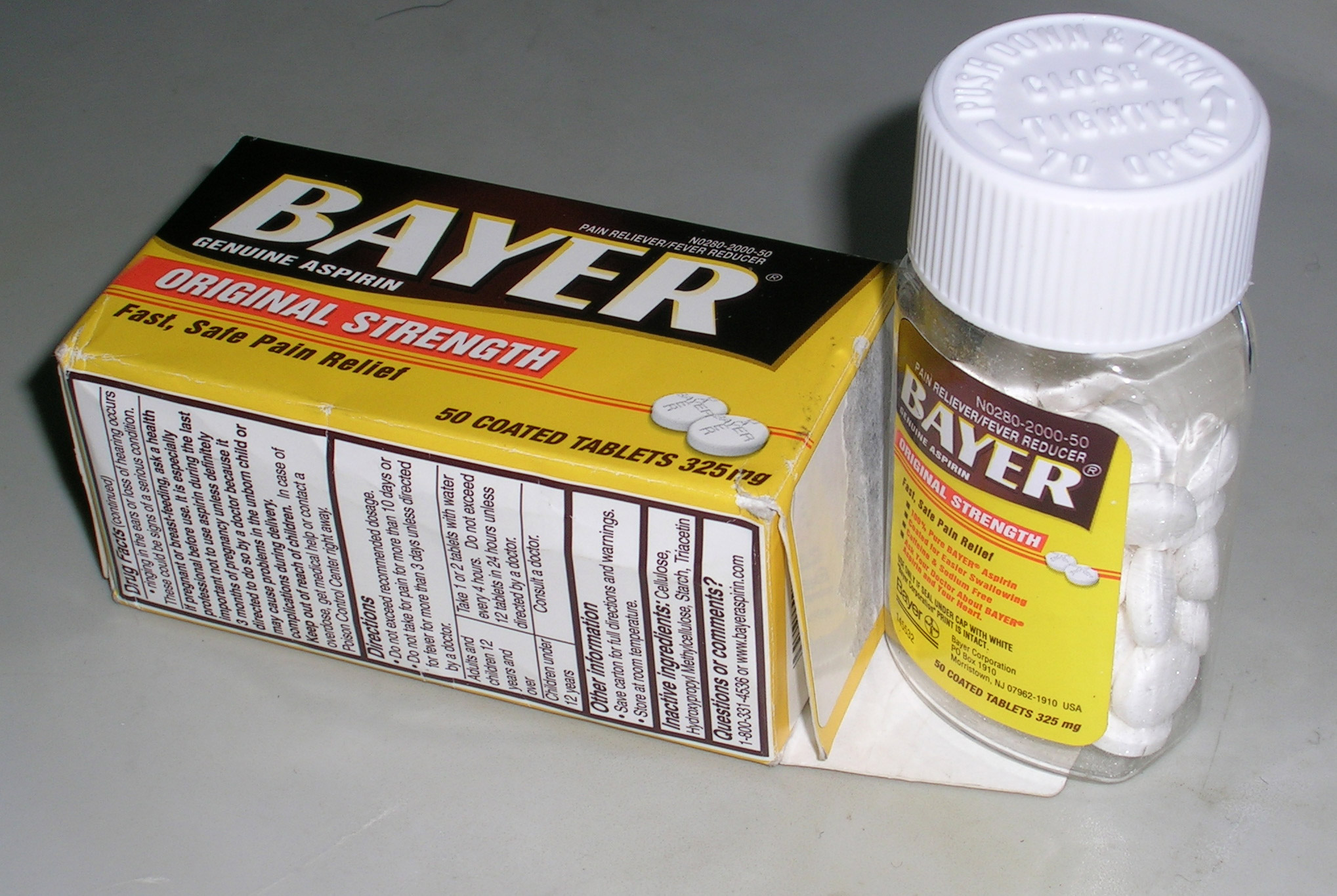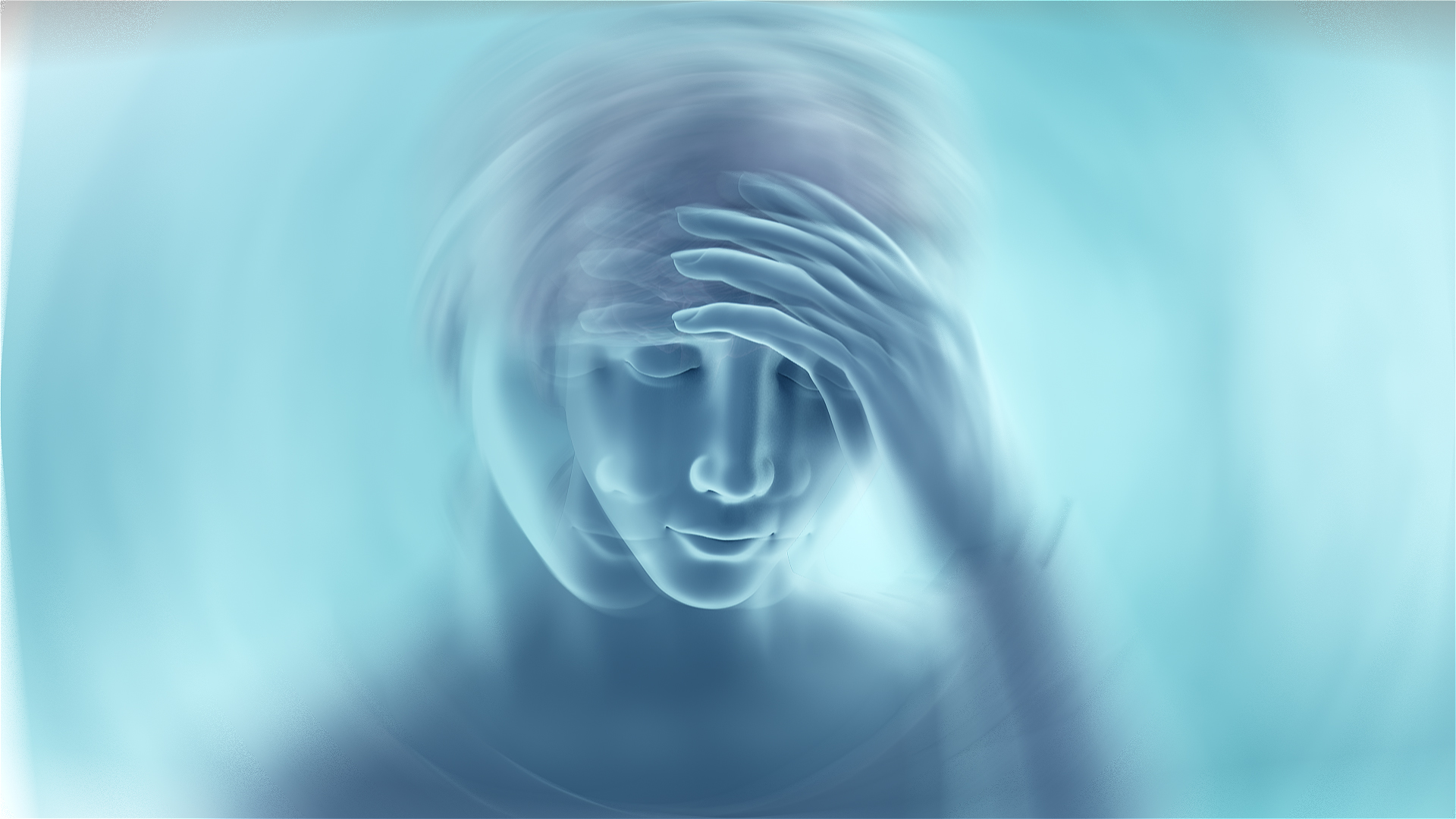|
Cyclizine
Cyclizine, sold under a number of brand names, is a medication used to treat and prevent nausea, vomiting and dizziness due to motion sickness or vertigo. It may also be used for nausea after general anaesthesia or that which developed from opioid use. It is taken by mouth, in the rectum, or injected into a vein. Common side effects include sleepiness, dry mouth, constipation, and trouble with vision. More serious side effects include low blood pressure and urinary retention. It is not generally recommended in young children or those with glaucoma. Cyclizine appears to be safe during pregnancy but has not been well studied. It is in the anticholinergic and antihistamine family of medications. Cyclizine was discovered in 1947. It is on the World Health Organization's List of Essential Medicines. In the United States it is available over the counter. Medical uses Primary uses include nausea, vomiting and dizziness associated with motion sickness, vertigo and post-operatively f ... [...More Info...] [...Related Items...] OR: [Wikipedia] [Google] [Baidu] |
Dipipanone
Dipipanone (Pipadone) is a strong opioid analgesic drug, used for acute pain by mouth (PO) for adults - initially 10 mg every 6 hours, then increased if necessary up to 30 mg every 6 hours, with the dose to be increased gradually. It is often used in instances where morphine is indicated but cannot be used due to the patient being allergic to morphine. In analgesic potency 25 mg dipipanone is approximately equivalent to 10 mg morphine. Dosage forms The main preparation of the drug commercially available is mixed with cyclizine (Diconal, Wellconal) which has the advantage of reducing nausea, vomiting and histamine release associated with strong opioid therapy. Dipipanone was also available as an oral mixture 10 mg/5ml without the cyclizine during the 1970s–1980s in the United Kingdom. This form was rare and used normally only in drug trials and in specialist Diconal addiction clinics. Dipipanone is now the only alternative opioid left to use in the UK that is of equal s ... [...More Info...] [...Related Items...] OR: [Wikipedia] [Google] [Baidu] |
Motion Sickness
Motion sickness occurs due to a difference between actual and expected motion. Symptoms commonly include nausea, vomiting, cold sweat, headache, dizziness, tiredness, loss of appetite, and increased salivation. Complications may rarely include dehydration, electrolyte problems, or a lower esophageal tear. The cause of motion sickness is either real or perceived motion. This may include from car travel, air travel, sea travel, space travel, or reality simulation. Risk factors include pregnancy, migraines, and Ménière's disease. The diagnosis is based on symptoms. Treatment may include behavioral measures or medications. Behavioral measures include keeping the head still and focusing on the horizon. Three types of medications are useful: antimuscarinics such as scopolamine, H1 antihistamines such as dimenhydrinate, and amphetamines such as dexamphetamine. Side effects, however, may limit the use of medications. A number of medications used for nausea such as onda ... [...More Info...] [...Related Items...] OR: [Wikipedia] [Google] [Baidu] |
Anticholinergic
Anticholinergics (anticholinergic agents) are substances that block the action of the neurotransmitter called acetylcholine (ACh) at synapses in the central and peripheral nervous system. These agents inhibit the parasympathetic nervous system by selectively blocking the binding of ACh to its receptor in nerve cells. The nerve fibers of the parasympathetic system are responsible for the involuntary movement of smooth muscles present in the gastrointestinal tract, urinary tract, lungs, sweat glands, and many other parts of the body. In broad terms, anticholinergics are divided into two categories in accordance with their specific targets in the central and peripheral nervous system and at the neuromuscular junction: antimuscarinic agents, and antinicotinic agents (ganglionic blockers, neuromuscular blockers). The term "anticholinergic" is typically used to refer to antimuscarinics which competitively inhibit the binding of ACh to muscarinic acetylcholine receptors; such ... [...More Info...] [...Related Items...] OR: [Wikipedia] [Google] [Baidu] |
Opioid
Opioids are substances that act on opioid receptors to produce morphine-like effects. Medically they are primarily used for pain relief, including anesthesia. Other medical uses include suppression of diarrhea, replacement therapy for opioid use disorder, reversing opioid overdose, and suppressing cough. Extremely potent opioids such as carfentanil are approved only for veterinary use. Opioids are also frequently used non-medically for their euphoric effects or to prevent withdrawal. Opioids can cause death and have been used for executions in the United States. Side effects of opioids may include itchiness, sedation, nausea, respiratory depression, constipation, and euphoria. Long-term use can cause tolerance, meaning that increased doses are required to achieve the same effect, and physical dependence, meaning that abruptly discontinuing the drug leads to unpleasant withdrawal symptoms. The euphoria attracts recreational use, and frequent, escalating recreational ... [...More Info...] [...Related Items...] OR: [Wikipedia] [Google] [Baidu] |
Oral Administration
Oral administration is a route of administration where a substance is taken through the mouth. Per os abbreviated to P.O. is sometimes used as a direction for medication to be taken orally. Many medications are taken orally because they are intended to have a systemic effect, reaching different parts of the body via the bloodstream, for example. Oral administration can be easier and less painful than other routes, such as injection. However, the onset of action is relatively low, and the effectiveness is reduced if it is not absorbed properly in the digestive system, or if it is broken down by digestive enzymes before it can reach the bloodstream. Some medications may cause gastrointestinal side effects, such as nausea or vomiting, when taken orally. Oral administration can also only be applied to conscious patients, and patients willing and able to swallow. Terminology ''Per os'' (; ''P.O.'') is an adverbial phrase meaning literally from Latin "through the mouth" or "by mouth ... [...More Info...] [...Related Items...] OR: [Wikipedia] [Google] [Baidu] |
WHO Model List Of Essential Medicines
The WHO Model List of Essential Medicines (aka Essential Medicines List or EML), published by the World Health Organization (WHO), contains the medications considered to be most effective and safe to meet the most important needs in a health system. The list is frequently used by countries to help develop their own local lists of essential medicines. , more than 155 countries have created national lists of essential medicines based on the World Health Organization's model list. This includes both developed and developing countries. The list is divided into core items and complementary items. The core items are deemed to be the most cost-effective options for key health problems and are usable with little additional health care resources. The complementary items either require additional infrastructure such as specially trained health care providers or diagnostic equipment or have a lower cost–benefit ratio. About 25% of items are in the complementary list. Some medica ... [...More Info...] [...Related Items...] OR: [Wikipedia] [Google] [Baidu] |
Over The Counter
Over-the-counter (OTC) drugs are medicines sold directly to a consumer without a requirement for a prescription from a healthcare professional, as opposed to prescription drugs, which may be supplied only to consumers possessing a valid prescription. In many countries, OTC drugs are selected by a regulatory agency to ensure that they contain ingredients that are safe and effective when used without a physician's care. OTC drugs are usually regulated according to their active pharmaceutical ingredient (API) rather than final products. By regulating APIs instead of specific drug formulations, governments allow manufacturers the freedom to formulate ingredients, or combinations of ingredients, into proprietary mixtures. The term ''over-the-counter'' (''OTC'') refers to a medication that can be purchased without a medical prescription. In contrast, prescription drugs require a prescription from a doctor or other health care professional and should only be used by the prescribed ... [...More Info...] [...Related Items...] OR: [Wikipedia] [Google] [Baidu] |
Vertigo (medical)
Vertigo is a condition where a person has the sensation of movement or of surrounding objects moving when they are not. Often it feels like a spinning or swaying movement. This may be associated with nausea, vomiting, sweating, or difficulties walking. It is typically worse when the head is moved. Vertigo is the most common type of dizziness. The most common disorders that result in vertigo are benign paroxysmal positional vertigo (BPPV), Ménière's disease, and labyrinthitis. Less common causes include stroke, brain tumors, brain injury, multiple sclerosis, migraines, trauma, and uneven pressures between the middle ears. Physiologic vertigo may occur following being exposed to motion for a prolonged period such as when on a ship or simply following spinning with the eyes closed. Other causes may include toxin exposures such as to carbon monoxide, alcohol, or aspirin. Vertigo typically indicates a problem in a part of the vestibular system. Other causes of dizziness in ... [...More Info...] [...Related Items...] OR: [Wikipedia] [Google] [Baidu] |
General Anesthesia
General anaesthesia (UK) or general anesthesia (US) is a medically induced loss of consciousness that renders the patient unarousable even with painful stimuli. This effect is achieved by administering either intravenous or inhalational general anaesthetic medications, which often act in combination with an analgesic and neuromuscular blocking agent. Spontaneous ventilation is often inadequate during the procedure and intervention is often necessary to protect the airway. General anaesthesia is generally performed in an operating theater to allow surgical procedures that would otherwise be intolerably painful for a patient, or in an intensive care unit or emergency department to facilitate endotracheal intubation and mechanical ventilation in critically ill patients. A variety of drugs may be administered, with the overall goal of achieving unconsciousness, amnesia, analgesia, loss of reflexes of the autonomic nervous system, and in some cases paralysis of skeletal muscles. T ... [...More Info...] [...Related Items...] OR: [Wikipedia] [Google] [Baidu] |
Hyperemesis Gravidarum
Hyperemesis gravidarum (HG) is a pregnancy complication that is characterized by severe nausea, vomiting, weight loss, and possibly dehydration. Feeling faint may also occur. It is considered more severe than morning sickness. Symptoms often get better after the 20th week of pregnancy but may last the entire pregnancy duration. The exact causes of hyperemesis gravidarum are unknown. Risk factors include the first pregnancy, multiple pregnancy, obesity, prior or family history of HG, trophoblastic disorder, and a history of eating disorders. Diagnosis is usually made based on the observed signs and symptoms. HG has been technically defined as more than three episodes of vomiting per day such that weight loss of 5% or three kilograms has occurred and ketones are present in the urine. Other potential causes of the symptoms should be excluded, including urinary tract infection and an overactive thyroid. Treatment includes drinking fluids and a bland diet. Recommendations may inc ... [...More Info...] [...Related Items...] OR: [Wikipedia] [Google] [Baidu] |
Schedule I Controlled Substance
This is the list of Schedule I drugs as defined by the United States Controlled Substances Act.21 CFRbr>1308.11(CSA Sched I) with changes through (Oct 18, 2012). Retrieved September 6, 2013. The following findings are required for drugs to be placed in this schedule: # The drug or other substance has a high potential for abuse. # The drug or other substance has no currently accepted medical use in treatment in the United States. # There is a lack of accepted safety for use of the drug or other substance under medical supervision. Except as specifically authorized, it is illegal for any person: # to manufacture, distribute, or dispense, or possess with intent to manufacture, distribute, or dispense, a controlled substance; or # to create, distribute, dispense, or possess with intent to distribute or dispense, a counterfeit substance. Additional substances are added to the list by the Secretary of Health and Human Services pursuant to 21 CFR Title 21 is the portion of the Code of ... [...More Info...] [...Related Items...] OR: [Wikipedia] [Google] [Baidu] |
Benign Prostatic Hyperplasia
Benign prostatic hyperplasia (BPH), also called prostate enlargement, is a noncancerous increase in size of the prostate gland. Symptoms may include frequent urination, trouble starting to urinate, weak stream, inability to urinate, or loss of bladder control. Complications can include urinary tract infections, bladder stones, and chronic kidney problems. The cause is unclear. Risk factors include a family history, obesity, type 2 diabetes, not enough exercise, and erectile dysfunction. Medications like pseudoephedrine, anticholinergics, and calcium channel blockers may worsen symptoms. The underlying mechanism involves the prostate pressing on the urethra and thereby making it difficult to pass urine out of the bladder. Diagnosis is typically based on symptoms and examination after ruling out other possible causes. Treatment options include lifestyle changes, medications, a number of procedures, and surgery. In those with mild symptoms, weight loss, exercise, an ... [...More Info...] [...Related Items...] OR: [Wikipedia] [Google] [Baidu] |




.png)